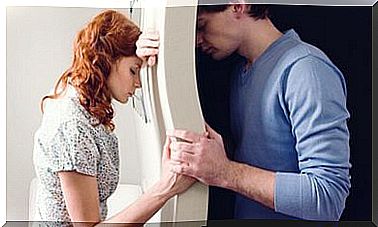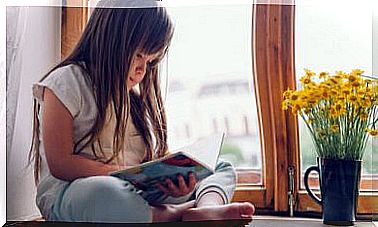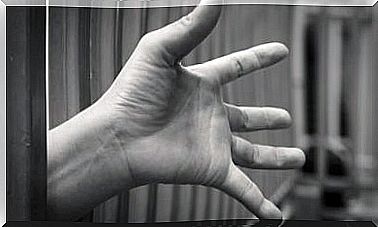Secure Attachment: The Strength Of The Healthy Bond
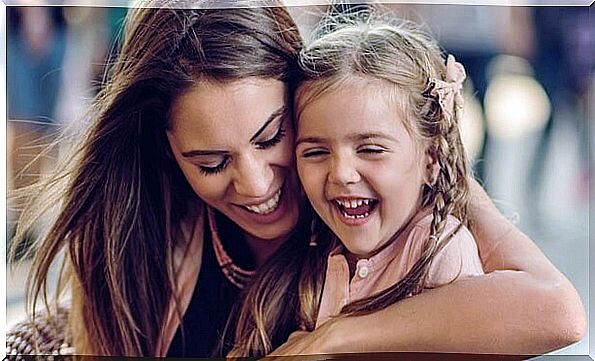
Developing a secure attachment protects the mental health of the little ones. In fact, it helps them not to have to deal with different problems that may arise in their relationships in the future due to the presence of an unhealthy bond during childhood. However, are caregivers prepared to encourage this type of attachment?
Whenever we treat attachment, we do so by focusing on children. But today we are going to take caregivers as protagonists. Those important figures that we often blame, when they have also had their own experiences, and what happens is that perhaps they have never considered acting in another way.
Let’s think that the natural thing is for caregivers to educate children as they have been educated, or going to the opposite extreme. In any case, taking as a reference their own experience and the conclusions that they have internalized from it.
Embracing the secure attachment that was never given
It is very difficult for an adult to pass on a secure attachment to your child if he has an insecure or anxious attachment. Therefore, it is important that caregivers work on this aspect, either independently or with the help of a psychologist. With good guidance and focus, the 3 fundamental pillars of secure attachment can be obtained.
What are these pillars? The constant feeling of security, the desire for proximity and emotional regulation. If the caregiver does not acquire and internalize these pillars, it is very difficult for them to be able to transmit them. Without wanting to, you are instilling in your children an attachment that is far from secure.

This process can seem very difficult, especially for those who have never been able to develop a secure attachment in any of their relationships. For this reason, the professional that caregivers turn to must first work on secure attachment in relation to the adult-therapist relationship. Well, secure attachment not only occurs from caregiver to child, but also in other types of relationships such as a couple or friendship.
Above all, the therapist will help the caregiver in different tasks: detect their emotions, identify them, understand them and express them in an appropriate way. In these cases, repression or emotional anesthesia is something very common whose origin may be a trauma or an experience that has marked you in an important way. Making an account of this experience that the person can integrate into their life history in a positive way will be one of the pillars of secure attachment.
Once the caregiver knows how to relate from a secure attachment and has forgotten the insecure or anxious attachment that they suffered, then it is time to take the step and relate to the children in this new way. If you have internalized secure attachment well, it will not be a problem for you. If this is not the case, we will have to go back and continue working on the adult-therapist relationship.
It’s not about running
Although we want to reach the goal of being able to provide children with that secure attachment that will bring so many benefits, it is important that we take care of ourselves first. Moreover, in many cases it is necessary to think about the children in order to find sufficient motivation to continue and not leave the path “halfway”.
It is not about running. It doesn’t matter if years go by. At least when we are ready, we will know that we can do well because we ourselves have changed and improved. When we think that what we are doing is silly, that we are not going to change anything because we are older or that it is a waste of time, let us stop thinking about ourselves and think about them. In all that we can help them if we make that change.
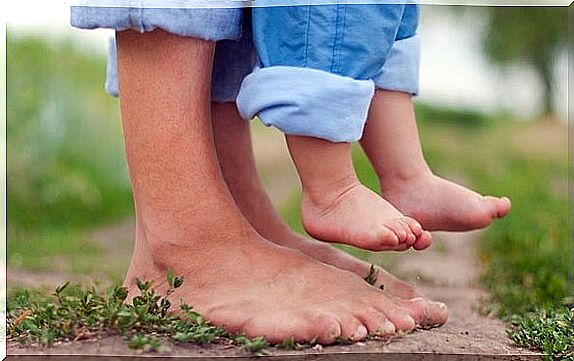
Do we want our children to suffer emotional dependence and deep depression for it tomorrow? Do we wish that they cannot establish stable relationships with anyone because of a deep fear that they will abandon them? This is real, it happens more times than we think. Lack of security, fears, insecurities, dependency …
Healing ourselves is not only important for our children, but for ourselves. We will enjoy greater balance, we will feel happier and we will be able to have healthier relationships with others. It is worth it in every way, so let’s not deny ourselves the fact of maturing in this regard, growing and learning to relate to each other in a different way. With a secure attachment that they did not offer us, but that we have recovered.




